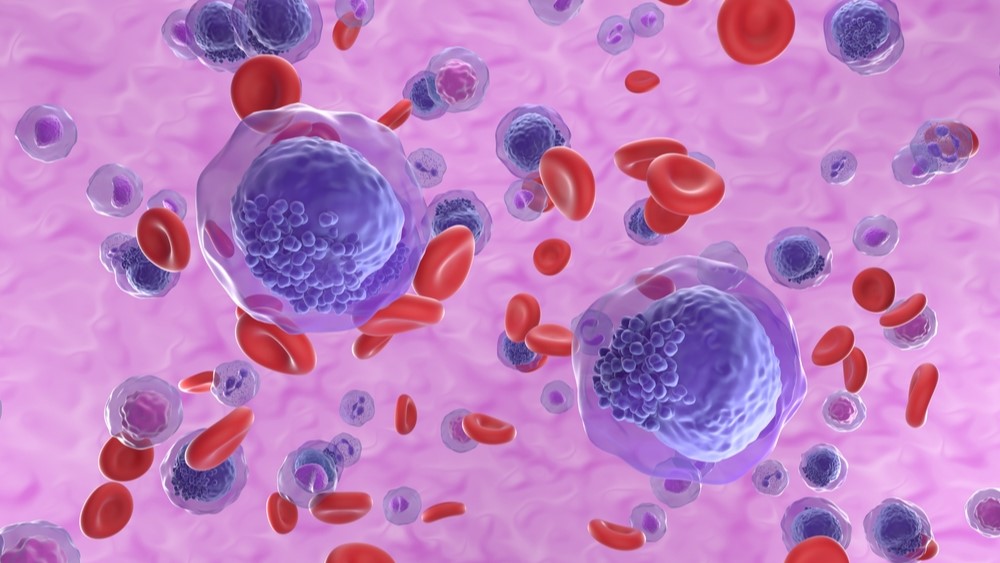
The addition of the menin-KMT2A inhibitor revumenib to standard-of-care therapy for older and unfit patients with relapsed or refractory acute myeloid leukemia (AML) demonstrated strong therapeutic efficacy and a favorable safety profile in a phase I/II, investigator-initiated trial presented at the 66th American Society of Hematology Annual Meeting & Exposition.
In the relapsed or refractory setting, it is standard for older adult and unfit patients to be treated with a hypomethylating agent (HMA) in combination with venetoclax. Furthermore, the oral combination of decitabine and cedazuridine has shown proven efficacy in myelodysplastic syndrome and chronic myelomonocytic leukemia. Moreover, multiple studies have outlined the synergistic activity when dual BCL-2 and menin inhibition were used in KMT2A-rearranged (KMT2Ar) or NPM1-mutated (NPM1mt) leukemia models.
The hypothesis was tested by enrolling 26 patients with relapsed or refractory AML in the SAVE study. Twelve of the patients were treated during phase I of the study, and 14 were treated during phase II at the recommended phase II dose of 163 mg, once daily. The study population had a median age of 35 years (range, 12–79 years) and included five patients younger than 18.
In terms of clinical and disease characteristics, 11 patients (42%) in the study had KMT2Ar AML, 10 (38%) had NPM1mt disease, five (20%) had NUP98r disease, and four (15%) had extramedullary disease. The population had received a median of three prior lines of therapy (range, 1–5), of which the treatment was venetoclax for 17 patients (56%), hematopoietic stem cell transplantation (HSCT) for 11 patients (42%), and menin inhibition for two patients.
Treatment with the SAVE regimen led to an overall response rate of 88% and a complete response (CR) or CR with partial hematologic recovery of 58%, a CR rate of 46%, and CR with partial hematologic recovery (CRh) of 12%. Some patients (12%) treated with the combination of revumenib, venetoclax, and ASTX727 achieved a CR with incomplete platelet recovery or a partial response (4%). Fifteen percent of patients reached a morphologic leukemia-free state.
Efficacy assessed by flow cytometry showed that a 93% measurable residual disease (MRD)–negative rate among patients who had a CR or CRh and 74% among other responders. Patients with NUP98r disease had the lowest MRD-negative rate.
At a median follow-up of 6.6 months, the 6-month relapse-free survival rate shown with the revumenib combination was 59% (95% CI, 26-81). The study population also had an overall survival rate of 74% (95% CI, 39-83). The median duration of response was not reached at the time of data cutoff. Two of the 12 patients who underwent HSCT maintenance after treatment with the SAVE combination completed treatment and remain in remission.
Safety findings from the study show no early mortality occurred among the patients treated with revumenib, venetoclax, and ASTX727. The most common treatment-emergent adverse events (TEAEs) of any grade included QT prolongation (58%), elevation in aspartate aminotransferase/alanine aminotransferase (54%), febrile neutropenia (46%), hyperphosphatemia (46%), and nausea (42%). In terms of high-grade toxicity (grade ≥ 3), TEAEs observed were febrile neutropenia (46%) and lung infection (42%). Investigators also reported grade ≥ 3 treatment-related AEs including thrombocytopenia (12%), neutropenia (8%), QT prolongation (8%), and differentiation syndrome (4%).
Reference
Issa G, Cuglievan B, Daver N, et al. Phase I/II study of the all-oral combination of revumenib (SNDX-5613) with decitabine/cedazuridine (ASTX727) and venetoclax (SAVE) in R/R AML. Abstract #216. Presented at the 66th American Society of Hematology Annual Meeting & Exposition; December 7-10, 2024; San Diego, California.

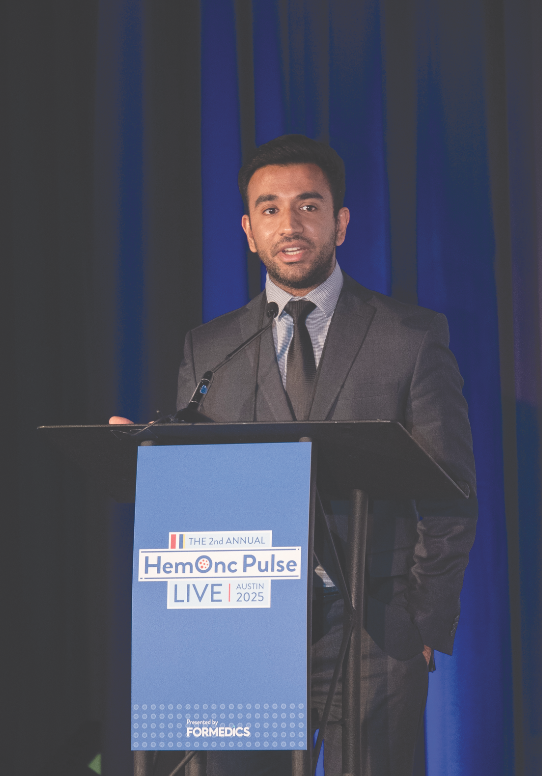
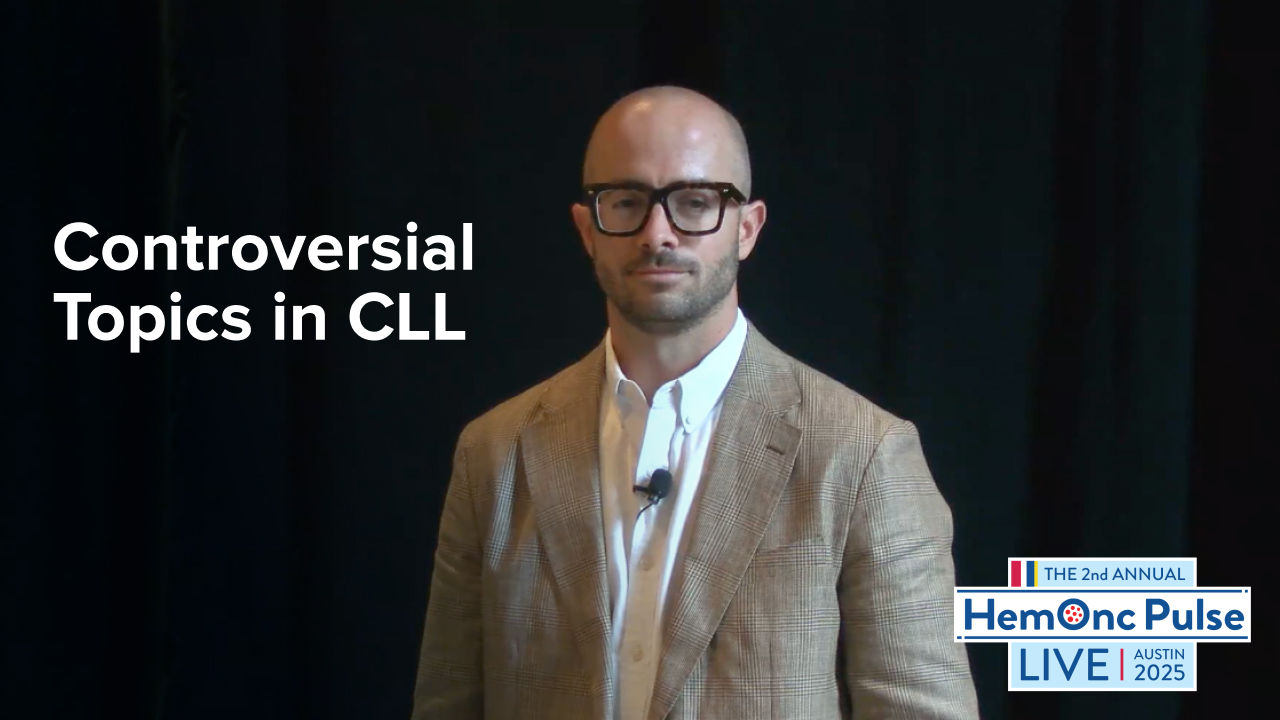
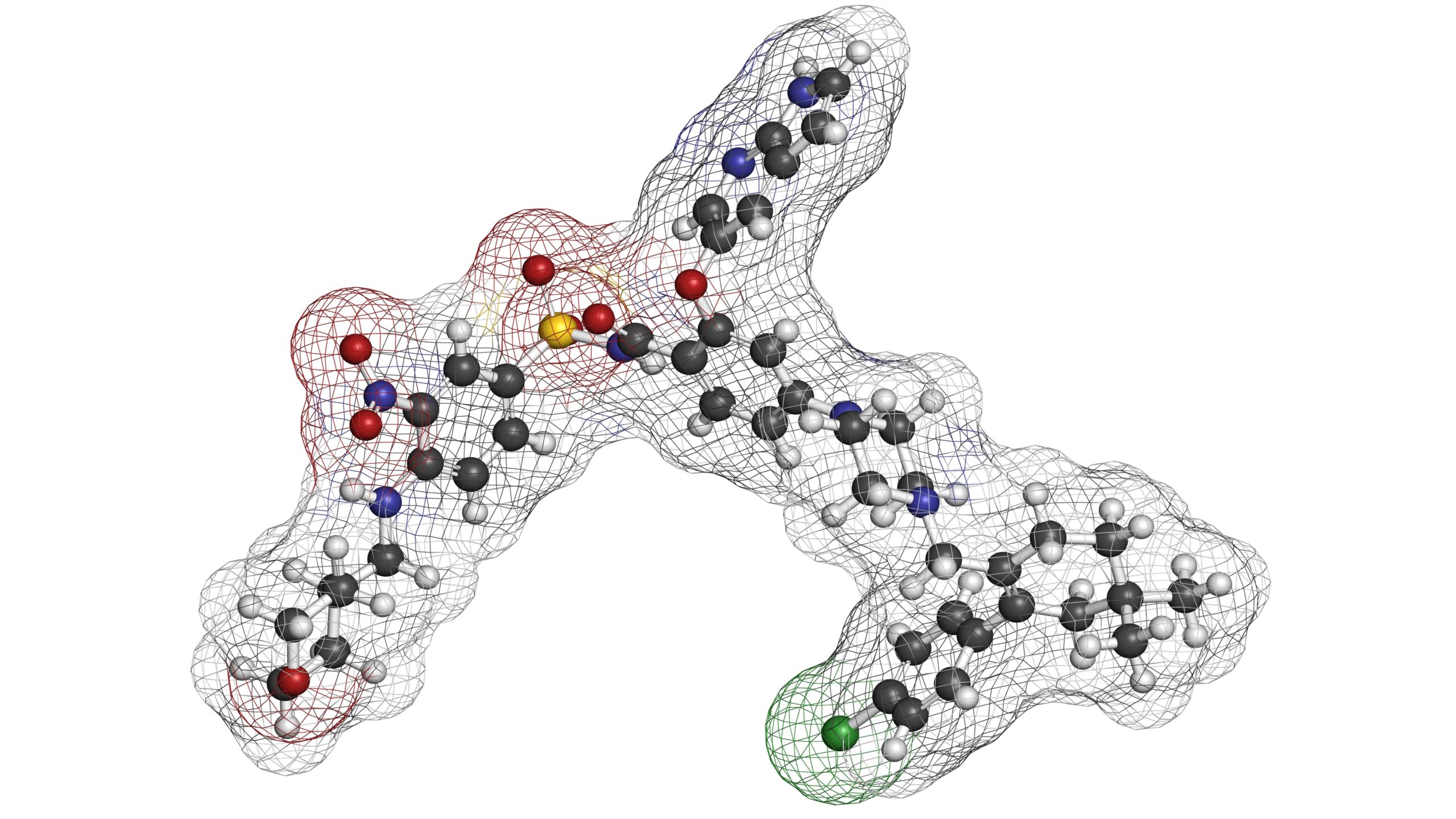
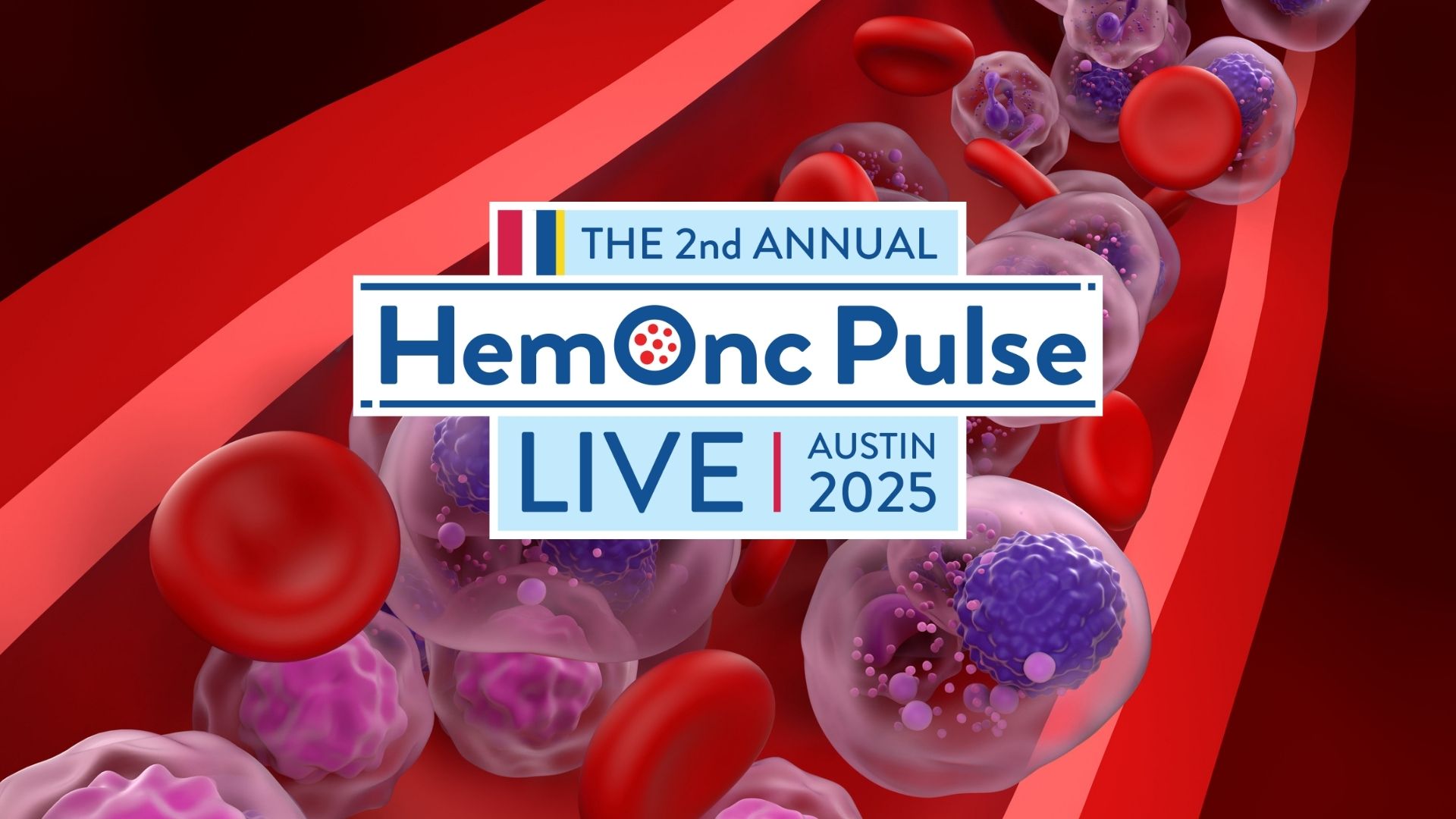

 © 2025 Mashup Media, LLC, a Formedics Property. All Rights Reserved.
© 2025 Mashup Media, LLC, a Formedics Property. All Rights Reserved.